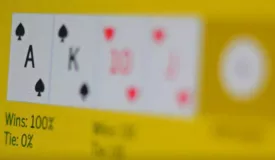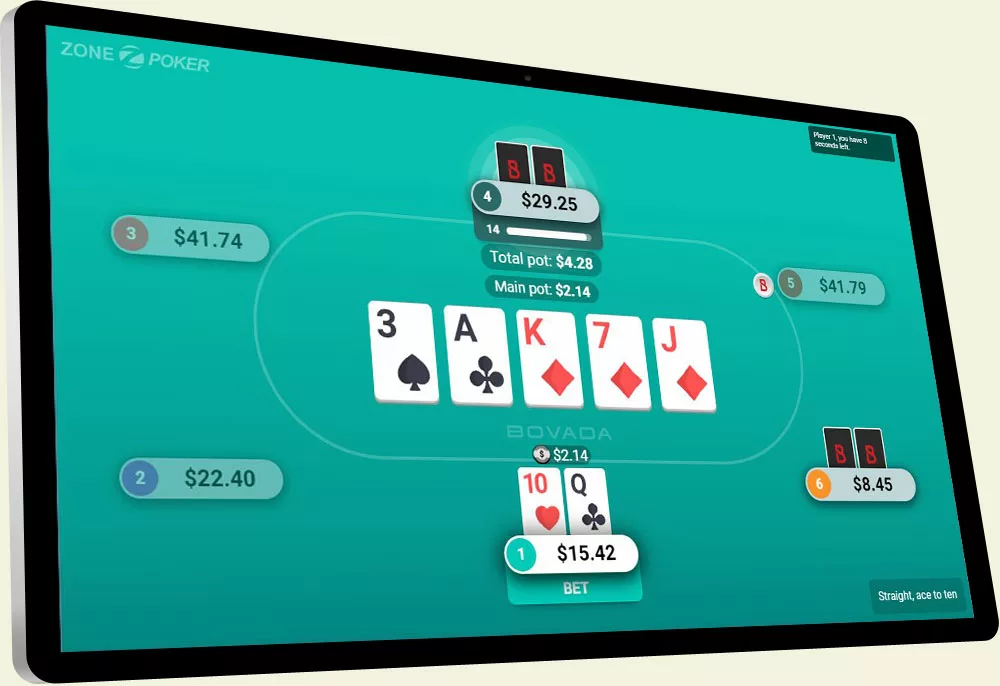The Final Table Strategy Method that Wins
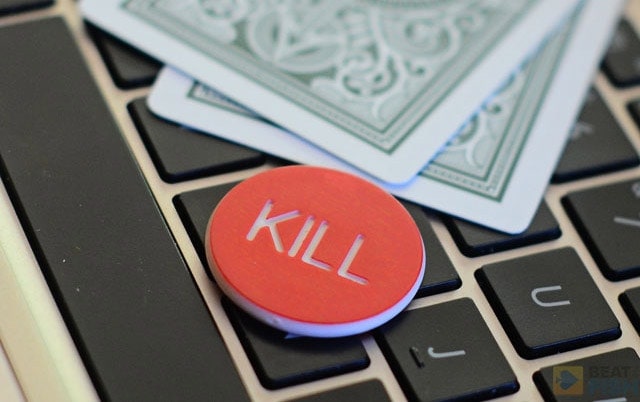
The final table of a multi-table poker tournament is finally one situation where you may consider employing some of those super-savvy poker moves that you’ve seen the pros use.
If you’ve been involved in a fairly large tournament with respect to the field size and/or buy-in, players will usually try to play pretty smart when they get down to the final table.
Here are some specific techniques you should employ at the final table to not only survive, but actually put yourself in the best position to win the whole thing.
Table of Contents
Different approaches to final table strategy
There are two types of tournament strategies that I recommend depending on what you want to accomplish in the tournament: avoid confrontation or get aggressive.
Passive final table strategy: Avoiding confrontations
Let’s say that you have about the average amount of chips and are happy to get in the money. You want to advance and earn 4th or 5th place, but you don’t want to risk a lot.
In this case, you’ll probably accomplish your goal if you stay out of the action and avoid confrontations.
This is also effective when approaching the bubble in sit and go tournaments. You probably won’t win the tournament, but that’s not really what you’re shooting for.
It’s easier to play tight at the final table for a few reasons.
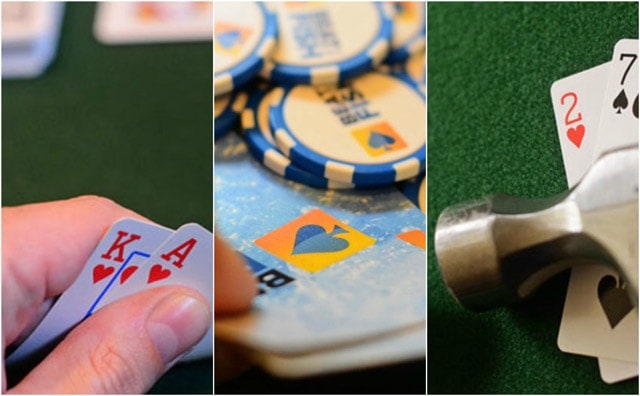
First of all, most players are pretty proud and satisfied that they made the final table. They might be the kind of player that severely tightens up until they hit the money. Once all of that tension and pressure is off, they often open it up and gamble.
Not that I’m the best tournament player ever, but I’ve seen my share of final tables. Usually, one or two players are knocked out within the first few hands of final table play. If you’re looking to move up in the standings, it might be a good idea to wait it out for a few hands.
Don’t overdo it with patience
Speaking of waiting it out, don’t take it to the extreme.
Have you ever seen the following situation at a table when you’re down to the money or close to it?
The blinds are 1,000/2,000 and the guy who just got the big blind has been folding every hand. He’s in last place and will have 400 chips left after the small blind. The pot is 9,000 chips and he folds his last 400 chips rather than getting 22.5 to 1 odds on his money.
What is the thinking? He won’t even have enough to cover the big blind. He’s gambling that someone else will go broke actually playing before his chips run out and he can sneak into a higher cash.
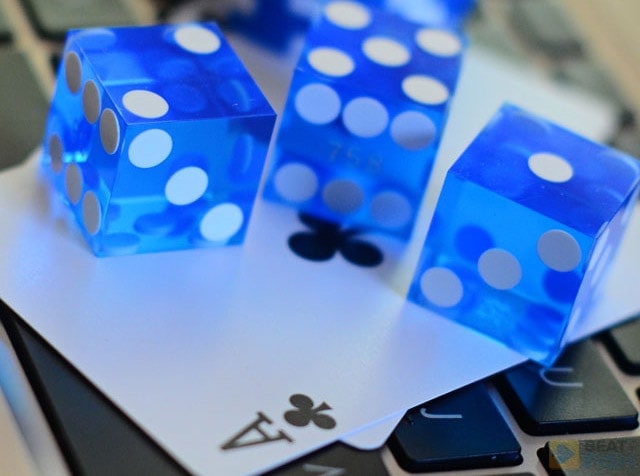
This is just gutless in my opinion. He’s leaving the battle to players with spines and refuses to play and try to actually get back into the tournament. I just don’t like it and don’t see it as a legit final table strategy.
Aggressive final table strategy: Seizing control
Back on the topic. Let’s suppose, however, that you really want to take that first prize and decent chunk of change down. You’ve got a healthy stack of chips and don’t mind taking some chances. Go for it!
You’ve got to play an aggressive game if you want to win the whole thing. Good cards just don’t come around often enough for you to sit back when the blinds and antes are getting to you.
The first step to playing an aggressive final table would be to spot players like I described earlier. These players aren’t going to defend their blinds and if they do come over the top of you, you can know to get out.
Using the power of position
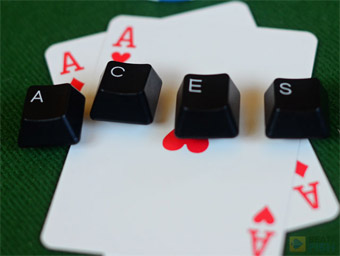
The key to winning in every format is having position and power on your opponents, but it’s magnified even more at the final table.
If you really have a chip advantage on the blinds you can try to run over them from late position with any suited cards, face cards, any pair, or whatever else you feel comfortable with.
These players might be too timid to even call you, and if they do, you still stand a chance to win.
Plus they’re not really going to take a good chunk out of your stack. With some luck and good timing, you’ll be able to knock out some players and end up with all the chips.
Well-timed risks are rewarded, especially at the final table of tournament poker
One of my favorite under-publicized statistics is putting suited connectors all-in against A-K. The suited connectors are going to win at least about 40% of the time.
I would rather take the risk that I will be called by overcards than miss the opportunity to dominate timid players.
Next time your A-K gets beaten all-in against 5-6, remember that Big Slick is still just a drawing hand. You’re not an overwhelming favorite against two live cards. It usually just comes down to whoever pairs one of their hole cards.
If you’re shortstacked, suited connectors can be a good hand to put the pressure on your opponent with.
